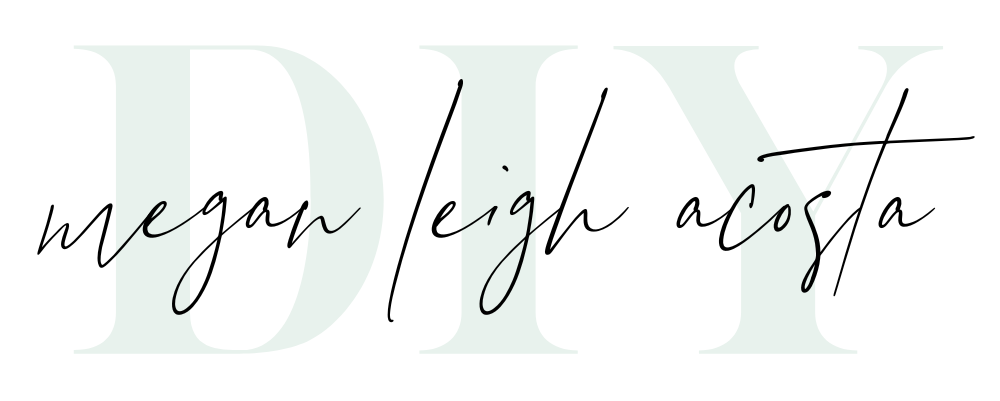Coming in hot with a very quick aperture explanation for you today! I find that this is the most difficult exposure triangle setting to grasp when you are learning manual mode, so lots of visual examples help! I made a short form video that showcases what different aperture settings look like in your image. The creative effect that your aperture setting controls is the depth of field, or far you can see clearly into your image.
What is aperture?
The aperture is a physical part on your camera. Specifically, it is a diaphragm that opens to allow light into the camera. You can change the size of that opening and control the amount of light entering with your aperture setting! The number/settings are called f-stops, represented as f/number. If you think of the f as a 1, it is a fraction that showcases how wide the actual lens diaphragm is open on your camera.
The larger the fraction (f/2 aka 1/2), the larger the opening, and the wider the depth of field. The smaller the fraction (f/22 aka 1/22) the smaller the lens opening, and deeper depth of field. Sounds counter-intuitive, but trust me! Think about how your own eye works. When it is to bright outside, you squint to see more clearly, right? That is why a narrow depth of field/small f-stop allow you to see more clearly into your background. To see what I mean, watch the video below. 🥰
More on manual mode settings
For more information on aperture, check out this post about using the aperture priority mode, and this post about what manual mode even is! If you are ready to dust off your camera and learn the ins and outs of manual mode, considering joining my signature online course, Manual Mode for Moms!

